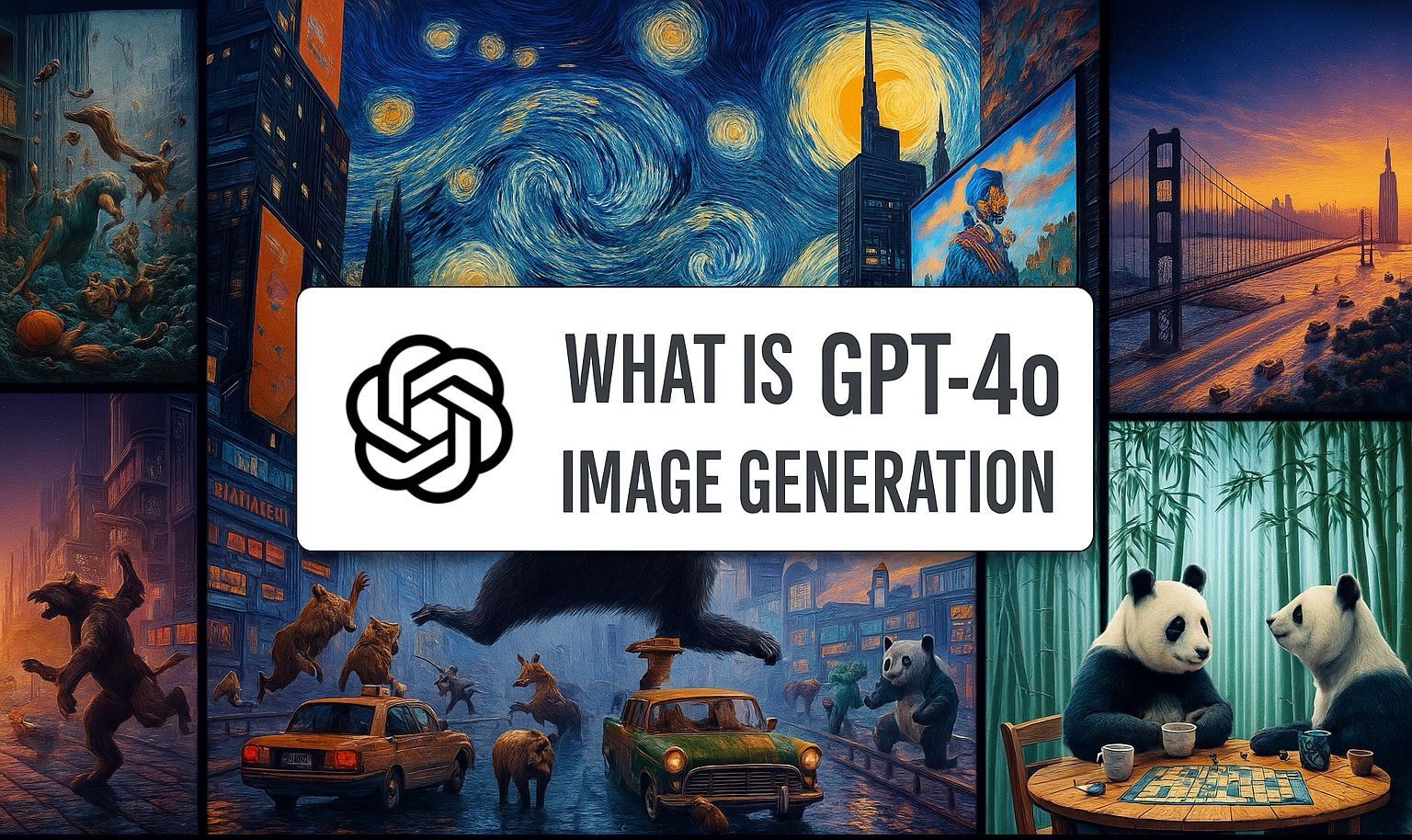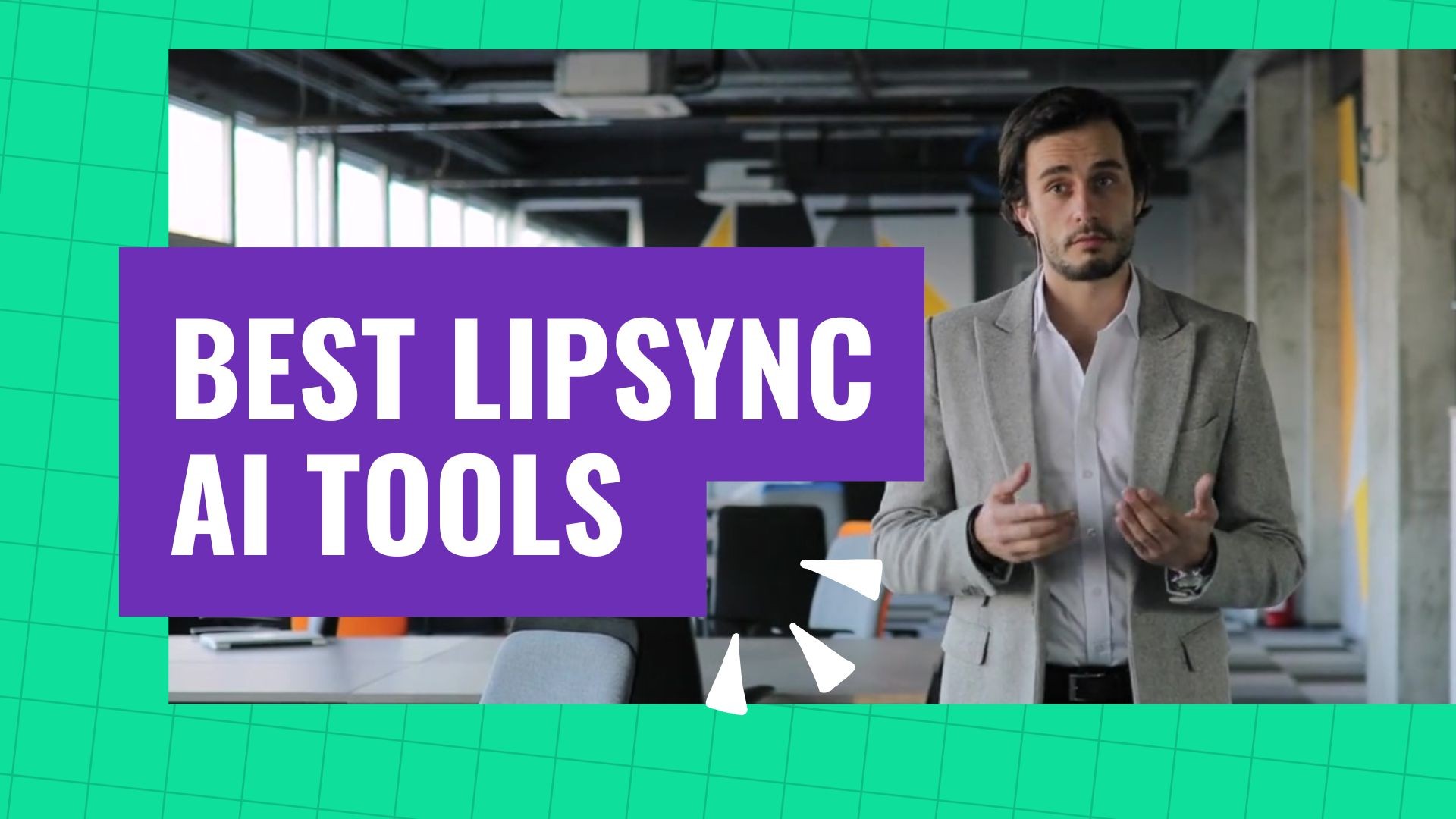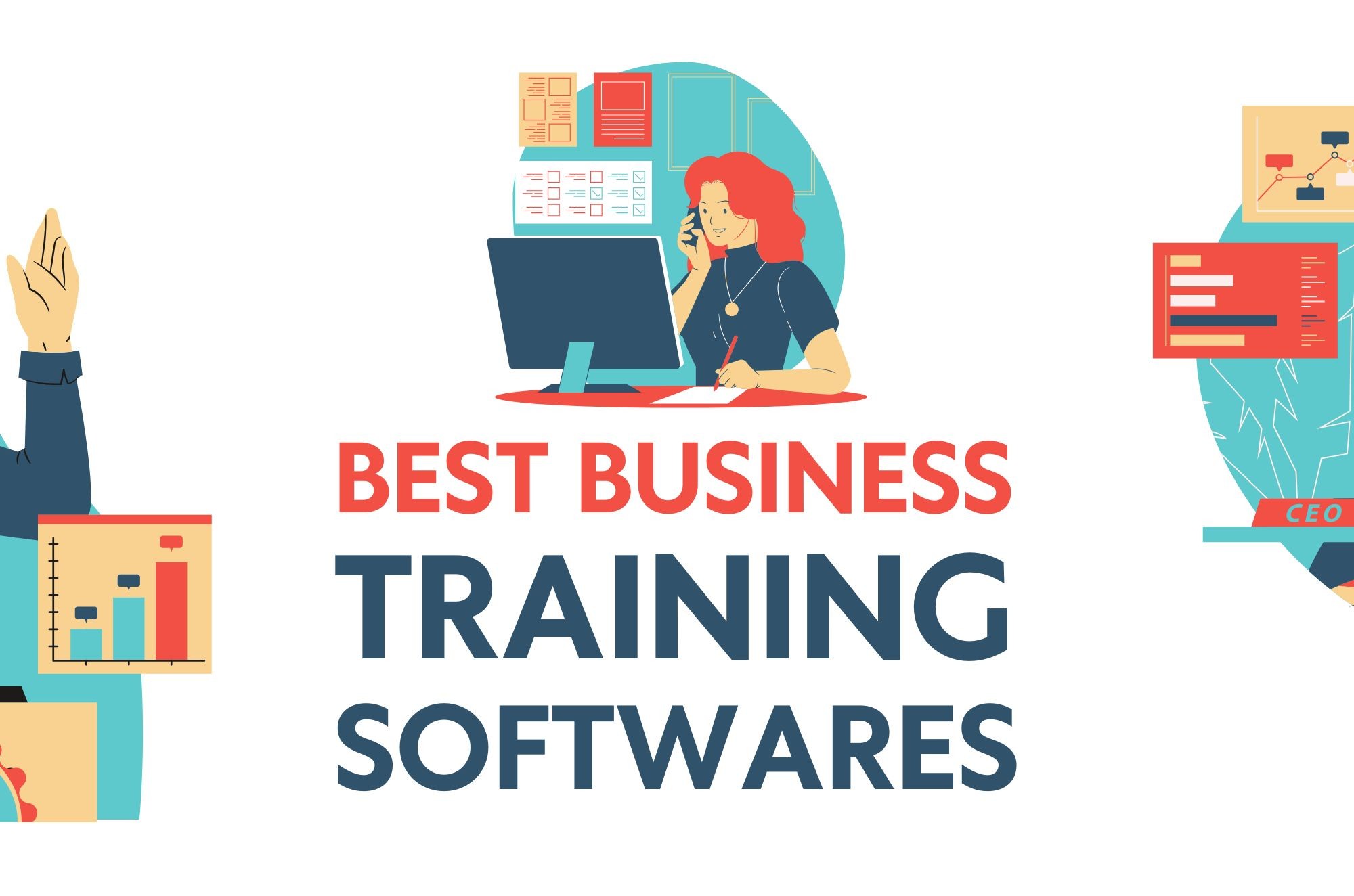Introduction
Staying updated with latest AI news and breakthroughs can feel like trying to catch a high speed train in motion. Each week, it seems like established tech giants and rising startups alike make groundbreaking announcements that push the field forward in ways we wouldn’t have thought possible a few months—or sometimes even days—earlier.
In this week’s roundup, we’ll dive into a wave of notable developments, from OpenAI’s ChatGPT memory overhaul to Google Cloud Next 2025 highlights, plus an array of new models and features unveiled by Amazon, xAI, and more.
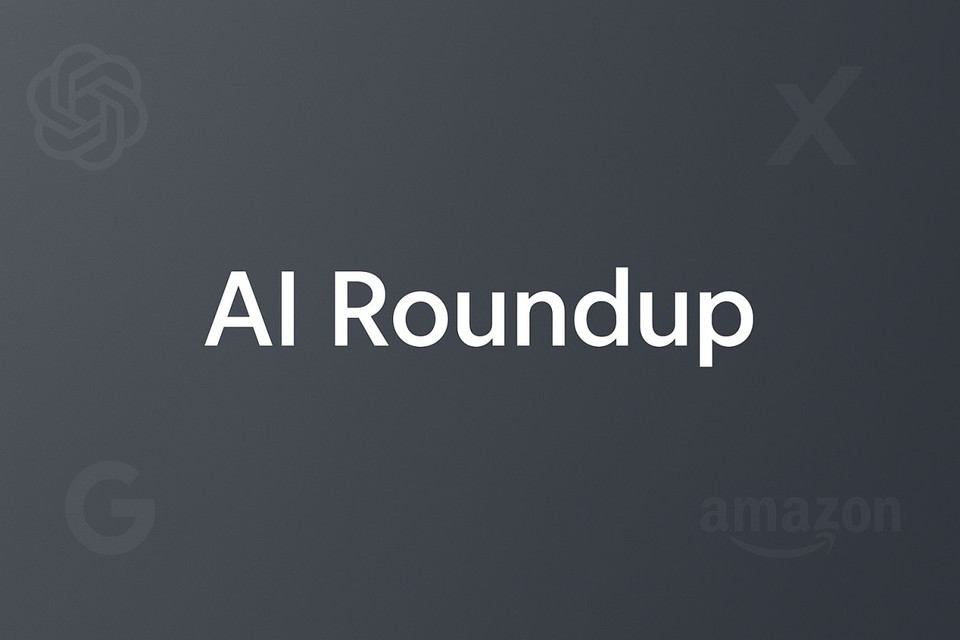
OpenAI’s ChatGPT Memory Revolution
Kicking off this week’s AI news is OpenAI’s interesting update to ChatGPT that extends how the AI assistant handles memory. Previously, users who wanted ChatGPT to “remember” specific bits of information had to prompt it explicitly. Now, however, the system does this automatically: ChatGPT “listens” across all your conversations, capturing preferences, interests, likes, and dislikes.
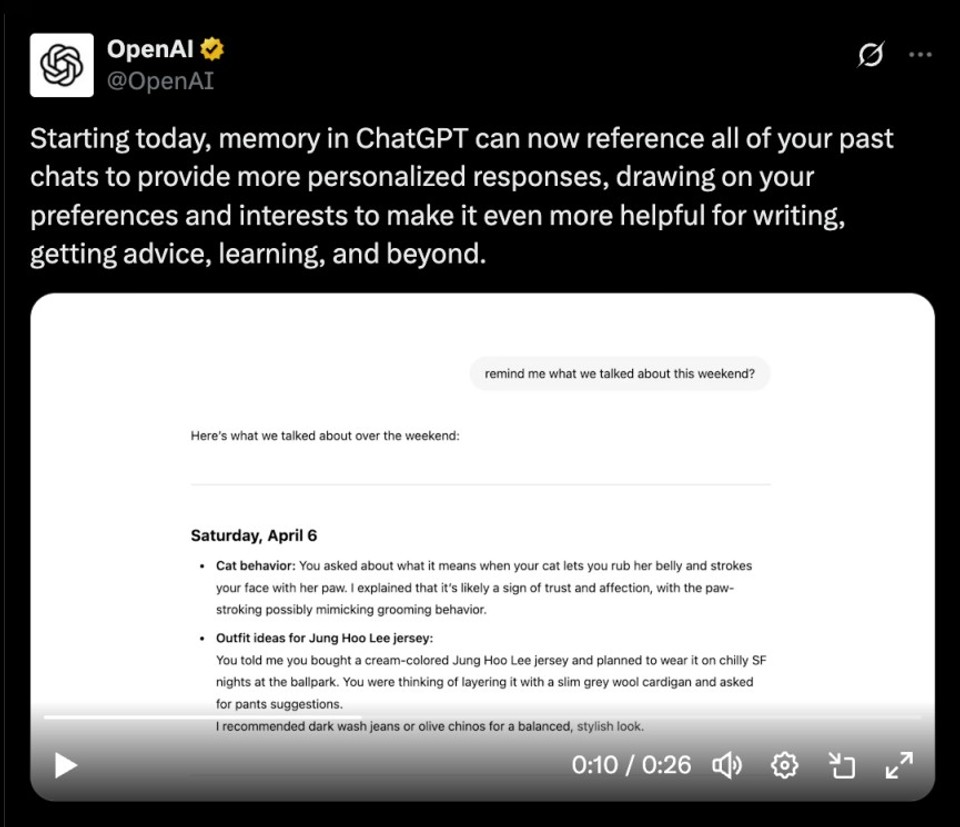
A Personalized AI Experience
This change promises more tailored responses, bridging the gap between generically helpful AI and an adaptive assistant that truly “knows” you. If your hobby is woodworking, for example, ChatGPT will recall your interest and might suggest relevant tools or projects in future interactions. If you’ve expressed frustration about repetitive tasks in your job, ChatGPT could spontaneously offer a productivity tip the next time you open a conversation.
This aligns with a broader trend in AI: personalized digital assistants that learn and evolve with each individual. Of course, there are also privacy questions and calls for transparent user controls. According to OpenAI, users who dislike certain stored memories can simply prompt ChatGPT to clear them—though the real efficacy of such controls is something we’ll have to watch over time.
Why It Matters
For frequent ChatGPT users, repeating the same information every time you start a new chat can be a major pain point. This memory upgrade alleviates that burden, offering a seamless experience. It also lays the groundwork for more advanced features in future updates, such as real-time user profiling, context-aware suggestions, and possibly deeper integrations with external tools and services.
Google Cloud Next 2025
Another key highlight in AI trends comes from Google, which captured the spotlight at its Cloud Next 2025 event. The company showcased advancements across a broad spectrum of AI technologies, reflecting its ongoing strategy to penetrate every layer of the AI stack—from foundational chips to application development platforms.
Project IDX and Firebase Studio Merger
First up is Google’s Project IDX, which is merging with Firebase Studio to form an “agentic” development platform. Essentially, Google wants to simplify how developers build and deploy AI-driven apps. By integrating IDX’s coding environment with Firebase’s robust backend capabilities, Google aims to compete with platforms like Cursor and Replit. The result is a one-stop shop for everything from writing code to managing app infrastructure, supercharged by AI assistance at every step.
Ironwood: Google’s Next-Gen AI Chip
The unveiling of Ironwood, Google’s most powerful AI chip, generated a lot of buzz. Designed to deliver massive performance gains while improving power efficiency, Ironwood is an indication to Google’s desire to build end-to-end solutions for both training and deploying AI models. Better chips mean faster training times, more complex models, and potentially lower operating costs for businesses that rely on Google Cloud.
Upgraded Models: Veo 2, Lyria, and Imagen 3
Veo 2 offers advanced editing and camera control for video content, highlighting Google’s foray into more specialized media models.
Lyria brings text-to-music capabilities, marking an intriguing expansion into multimedia generation.
Imagen 3 pushes image creation and editing further, allowing developers to manipulate images with greater precision and realism.
Gemini 2.5 Flash
Perhaps the crown jewel of the announcements is Gemini 2.5 Flash, a faster and cheaper variant of Google’s top-tier language model. It introduces a feature that lets users customize reasoning levels, helping optimize costs for different use cases. For instance, if you’re building a lightweight chatbot that only needs quick, direct answers, you can dial down the reasoning to save on compute. If you need deeper, more complex analysis, you can dial it back up.
Why It Matters
The sheer breadth of Google’s reveals underscores a strategy of dominating AI from every angle. From hardware (Ironwood) to software (Project IDX) to state-of-the-art models (Gemini 2.5 Flash), Google is positioning itself as a primary choice for businesses that want all their AI needs met under one roof. For AI enthusiasts and developers, it means more options for building, scaling, and optimizing AI apps. For enterprise customers, Google’s holistic approach could minimize the friction of juggling multiple vendors or platforms.
Grok 3: Now Available via API
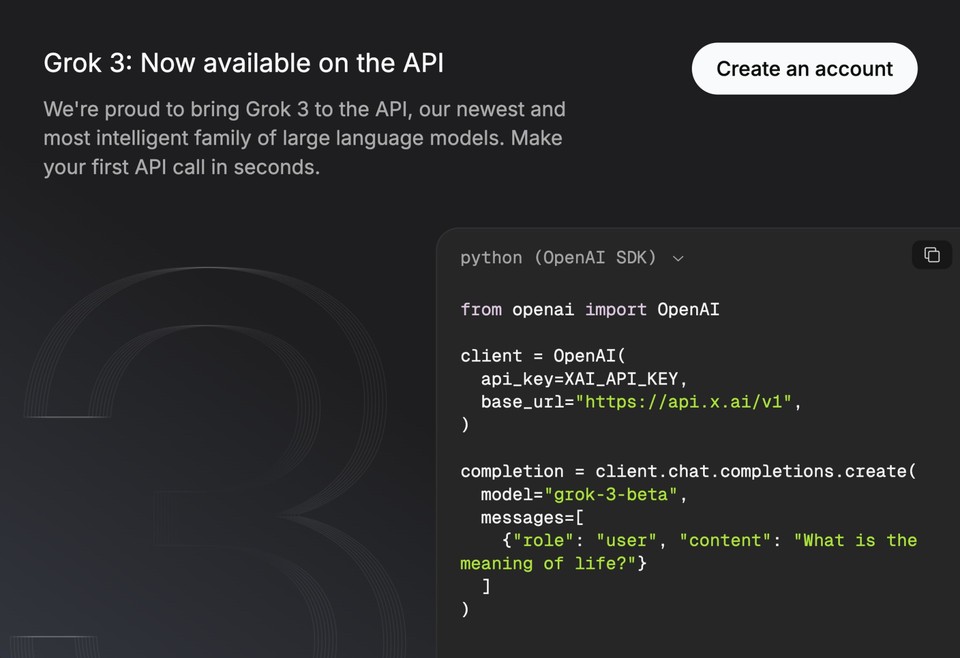
Hot on the heels of Google’s announcements comes news that Grok 3 is accessible through an API, alongside a smaller version called Grok 3 Mini. Priced at $3 per million input tokens and $15 per million output tokens, Grok 3 finds itself on par with Anthropic’s Claude 3.7 Sonnet. The smaller Grok 3 Mini costs a fraction of that, at $0.30 per million input tokens and $0.50 per million output tokens.
For companies comparing large language models, the choice often boils down to balancing cost, performance, and model architecture. Grok 3 may be more expensive than Gemini 2.5 Flash but could still attract developers who prioritize specific capabilities—perhaps specialized domain knowledge or unique fine-tuning options. The key takeaway is that the LLM market is not a simple race to the bottom. Different models shine in different niches, and we’re seeing healthy competition that drives innovation and cost-effectiveness.
Amazon Enters the Race: Nova Reel and Nova Sonic
Just when you might have suspected Amazon was lagging behind its tech peers, the e-commerce giant made headlines with updates to Nova Reel and a new audio model dubbed Nova Sonic.
Nova Reel: Longer, More Consistent Video
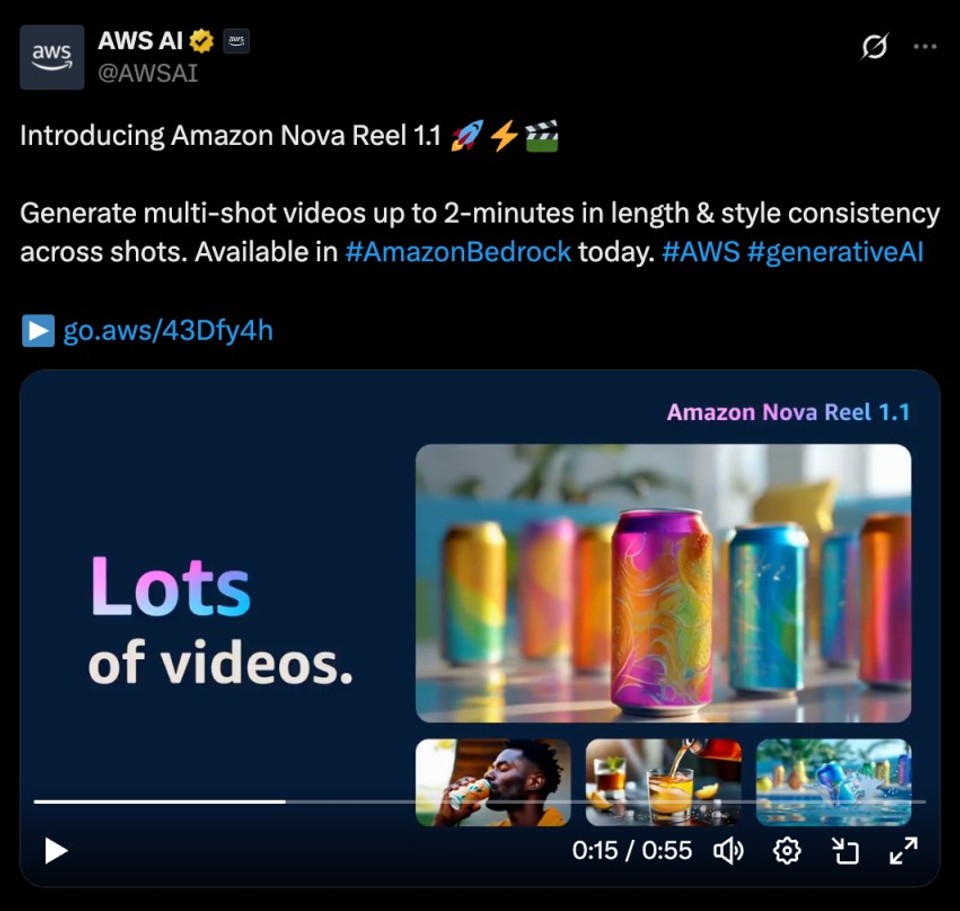
Nova Reel received a major update allowing the generation of multi-shot videos up to two minutes long. Impressively, it features consistent characters and styles across scenes, addressing a longstanding challenge in video language models (VLMs). Developers can already try Nova Reel if they have access to Amazon Bedrock. For businesses exploring brand-oriented marketing or immersive storytelling, consistent multi-shot video generation offers a more polished, cohesive product.
Nova Sonic: Amazon’s Audio Model
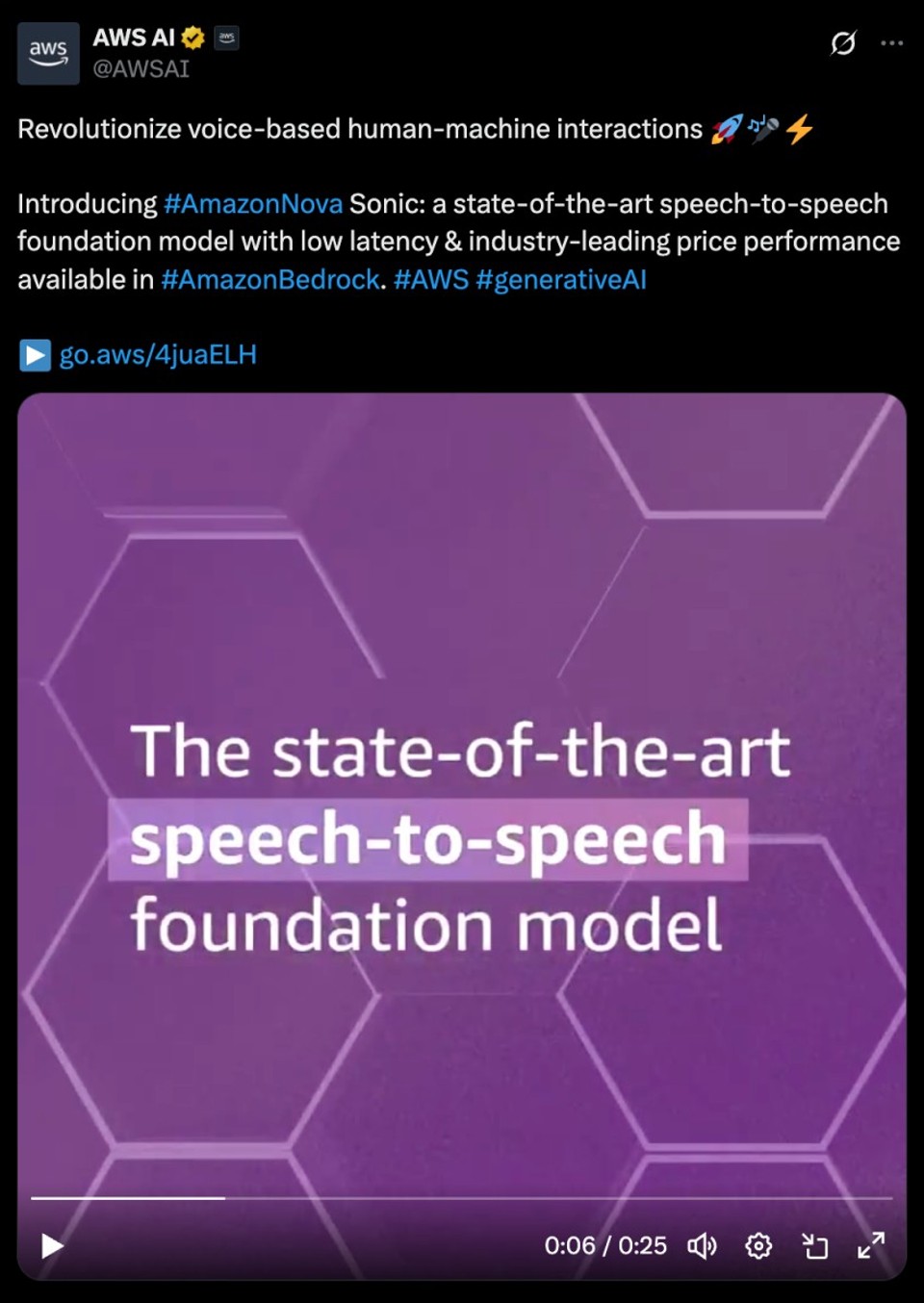
Meanwhile, Nova Sonic aims to rival OpenAI’s latest voice models, boasting 80% more affordability and reduced latency. According to Amazon, Nova Sonic excels at parsing mumbled or garbled speech, making it more adept at handling real-world conversation flows. It also features an interruption management system that prevents it from cutting you off mid-sentence.
Interestingly, Amazon’s Alexa+ (the newly upgraded version of its digital assistant) is already leveraging Nova Sonic’s capabilities. Now, third-party developers can also integrate this model into their applications, signaling Amazon’s push to expand the broader AI ecosystem on its platform.
Why It Matters
Amazon has historically been the wild card among the Big Tech AI players: it has the computational infrastructure (AWS), the developer ecosystem, and a massive retail platform. These new models suggest that Amazon is far from ceding the race. By offering cost-competitive, high-quality solutions like Nova Reel and Nova Sonic, the company is inching closer to Google and OpenAI in key AI verticals such as video generation, voice recognition, and interactive chat experiences.
Looking Ahead
The coming months will likely bring deeper integration of these new technologies into everyday workflows, from streamlined coding environments to AI-driven creative tools. If the strides we’ve seen this week are any indication, the AI world will continue evolving at breakneck speed. Now more than ever, it’s crucial for developers, businesses, and individual users to stay informed—because missing even a single update might mean getting left behind in the ever-accelerating AI revolution.

